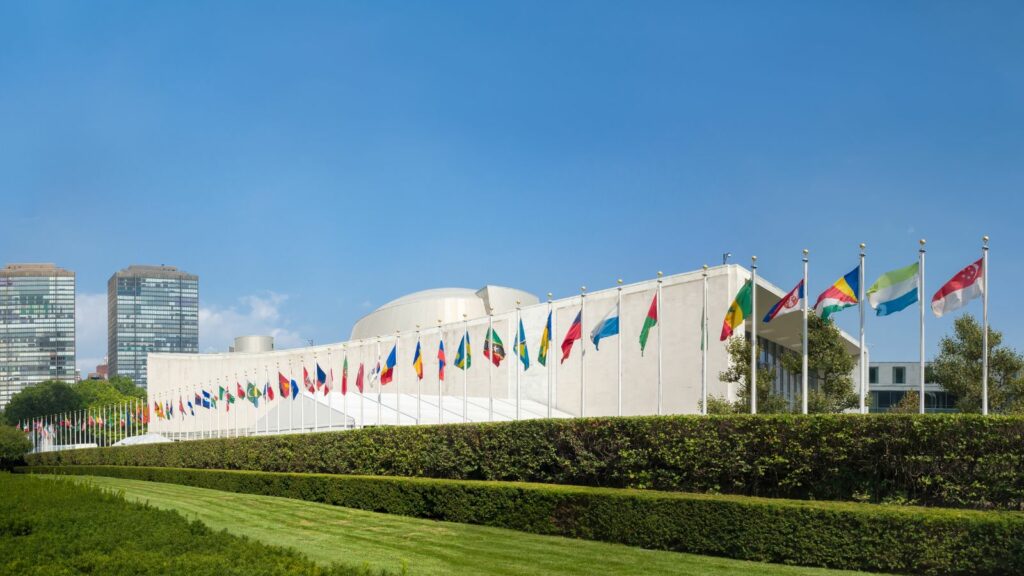Every so often, the U.S. looks northward, spots something we’ve perfected, and quietly borrows it like a neighbour helping themselves to one of our snow shovels. The United States loves being seen as the cultural engine of the continent, yet hidden beneath the surface are unmistakable Canadian fingerprints. From policy ideas to fashion trends to food inventions, the U.S. has routinely lifted inspiration from us and given it an American accent. Here are 20 moments when the U.S. quietly copied Canada, and hoped we wouldn’t notice.
Peacekeeping as a Global Framework

Peacekeeping is woven into the fabric of Canadian identity, largely thanks to Lester B. Pearson, whose approach during the Suez Crisis laid the foundation for modern international conflict resolution. The U.S. initially dismissed the concept as overly diplomatic. Yet as global tensions expanded, America adopted the peacekeeping model, from the language of “neutral intervention” to the structural blueprint of multilateral monitoring. These missions often appear wrapped in American branding, but the strategic roots are undeniably Canadian. Canada invented the diplomatic art; the U.S. later repackaged it as a global responsibility.
Healthcare Talking Points and Reform Logic

Every American healthcare debate circles around comparisons to Canada, even when politicians avoid naming us. The structure of state-level public insurance pilots, push for drug-price caps, and interest in single-payer frameworks all reflect Canadian logic. American policy papers routinely reference our wait-time data, provincial cost efficiencies, and public–private hybrids—often without attribution. Even the slogan “Medicare for All” mirrors Canadian Medicare’s tone. While the U.S. still wrestles with reform, its vocabulary frequently borrows from the system operating smoothly just across the border.
The Luxury-Parka Era

Before the U.S. turned giant down-filled parkas into runway-ready winter armour, Canadians wore them out of sheer necessity. Once Canada Goose became a status item in New York and Boston, Americans embraced the aesthetic and began styling it like high fashion. What Canadians used to survive minus-30 temperatures suddenly became “the chic winter look of the season.” Several U.S. brands even launched knockoff versions that mimic the silhouette, fur trim, and utility pockets of our iconic coats. Trend or not, Canadians know we invented the vibe long before it reached Fifth Avenue.
Poutine’s Transformation into “Loaded Fries”

The American fast-food industry has a habit of reinventing dishes that already exist in Canada. When U.S. chains started introducing “cheese-smothered gravy fries,” Canadians chuckled. That combination—warm curds, rich gravy, perfectly textured fries—isn’t an experimental idea. It’s poutine, one of Quebec’s most beloved gifts to the world. Even when U.S. menus skip the curds and claim originality, the resemblance is unmistakable. The U.S. repackages it with different toppings, extra sauces, or shredded cheese, but the DNA comes straight from our side of the border.
Drive-Thru Coffee Culture
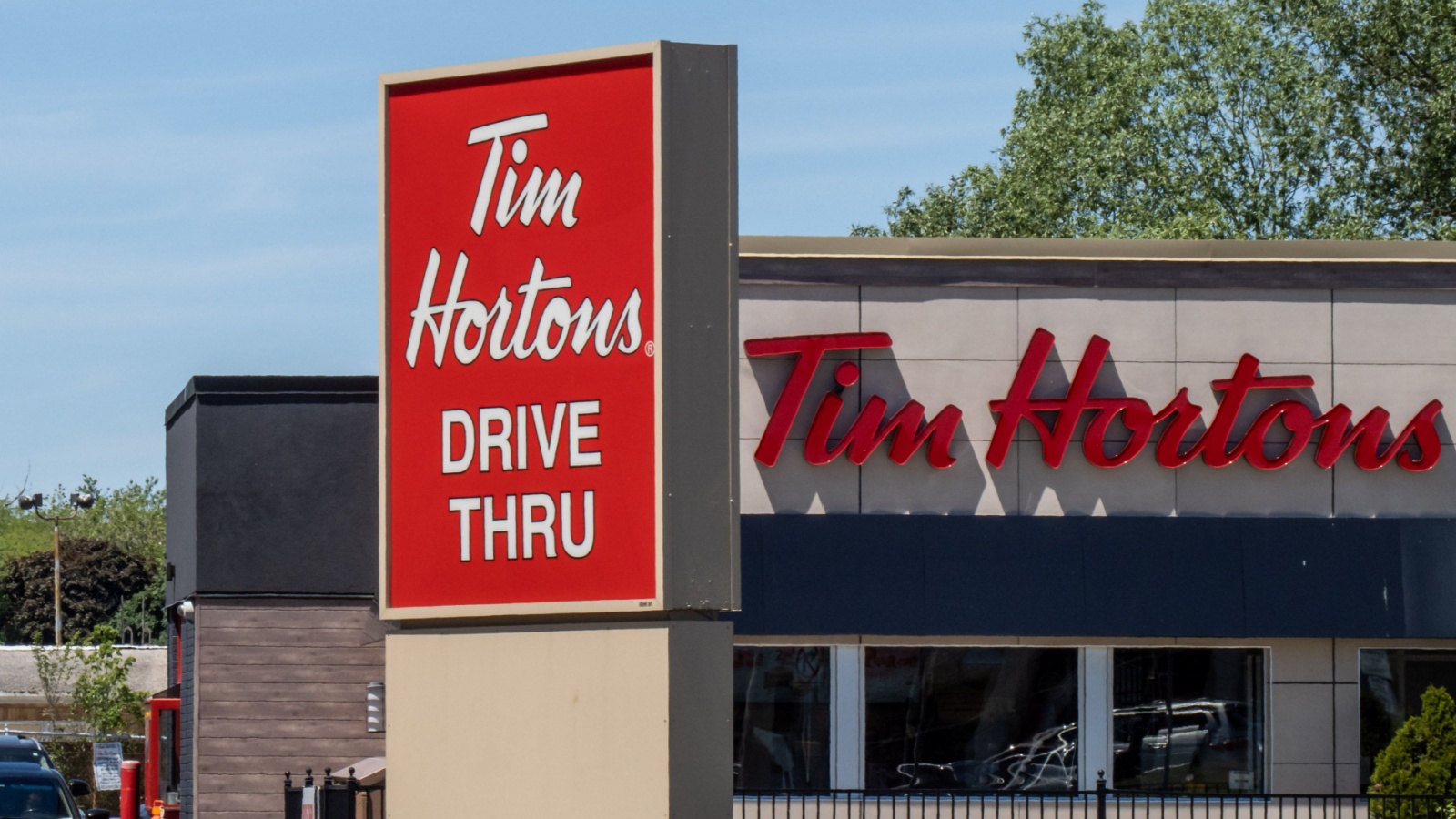
Tim Hortons mastered the drive-thru coffee ritual decades before American chains caught on. Canadians built an entire morning routine around quick coffee lanes, standardized drink names, predictable wait times, and efficient menu boards. When U.S. coffee chains analyzed Timmies’ success, they quietly adopted the same architecture: simplified ordering, combo options, and express-lane designs. Today, American drive-thrus mimic the exact rhythm that Canadians perfected. The U.S. expanded the scale, but the original choreography belongs to us.
Politeness as a Corporate Tool

Canada’s reputation for politeness gradually transformed into a marketing strategy—and the U.S. noticed. American companies began training employees to mirror Canadian-style warmth: softer greetings, empathy-first scripts, and conflict-dampening language. Airlines, hotel chains, banks, and even fast-food outlets integrated friendliness into customer experience guidelines. While the U.S. presents this as “brand humanity,” the tone aligns remarkably with Canadian social norms. Politeness may be a stereotype, but it’s also one of our most quietly influential exports.
Dollar-Coin Experiments

When Canada introduced the loonie and later the toonie, we extended currency durability and cut printing costs. The U.S. took note and attempted to replicate the approach, launching the Susan B. Anthony dollar, Sacagawea dollar, and subsequent presidential coins. None achieved the cultural adoption of our coins, but the American experiments clearly follow the Canadian logic. Dollar coins remain a U.S. curiosity, but they’re unmistakably inspired by our earlier success.
Environmental Messaging and Climate Frameworks

Canada established mainstream environmental policies before the U.S., from early recycling infrastructure to carbon-pricing models. As sustainability became a political force in America, its messaging—“reduce footprints,” “protect corridors,” “community-focused conservation”—began to resemble long-standing Canadian frameworks. Several U.S. states implemented climate policies closely resembling those in British Columbia and Quebec. While Americans often attribute these trends to European influence, the Canadian contribution is just as significant.
Maple Mania
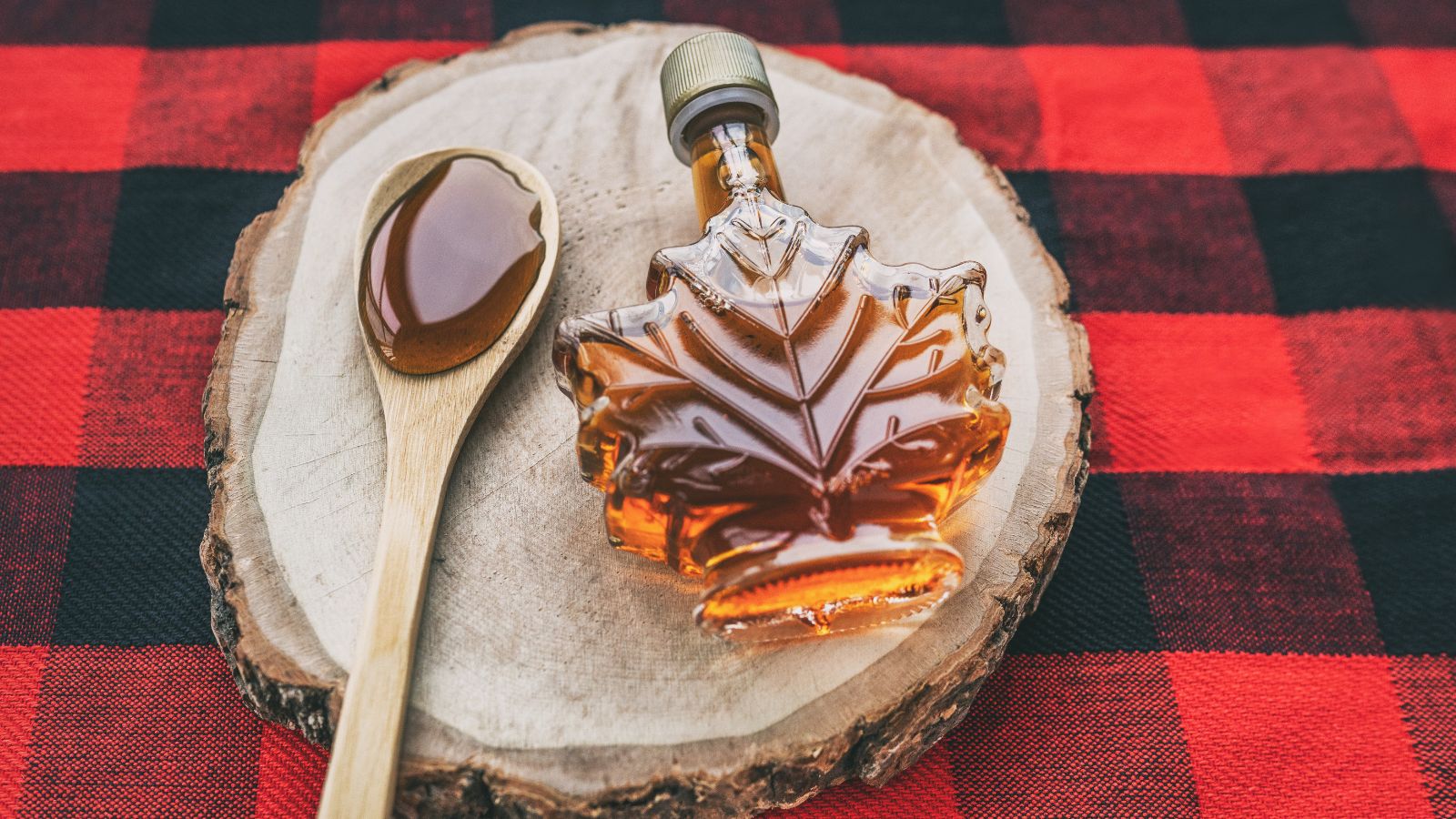
Canada’s maple syrup tradition predates modern culinary trends by centuries. When U.S. brands realized maple flavouring had global appeal, they launched maple lattes, maple donuts, maple popcorn, maple-bourbon sauces, and an avalanche of seasonal snacks. Marketing campaigns often frame maple as a New England classic, but Canadians know where true maple heritage lies. With most of the world’s premium syrup flowing from our forests, the U.S. trend clearly echoes our flavour legacy.
Rights-Based Legal Reasoning Borrowed from the Charter
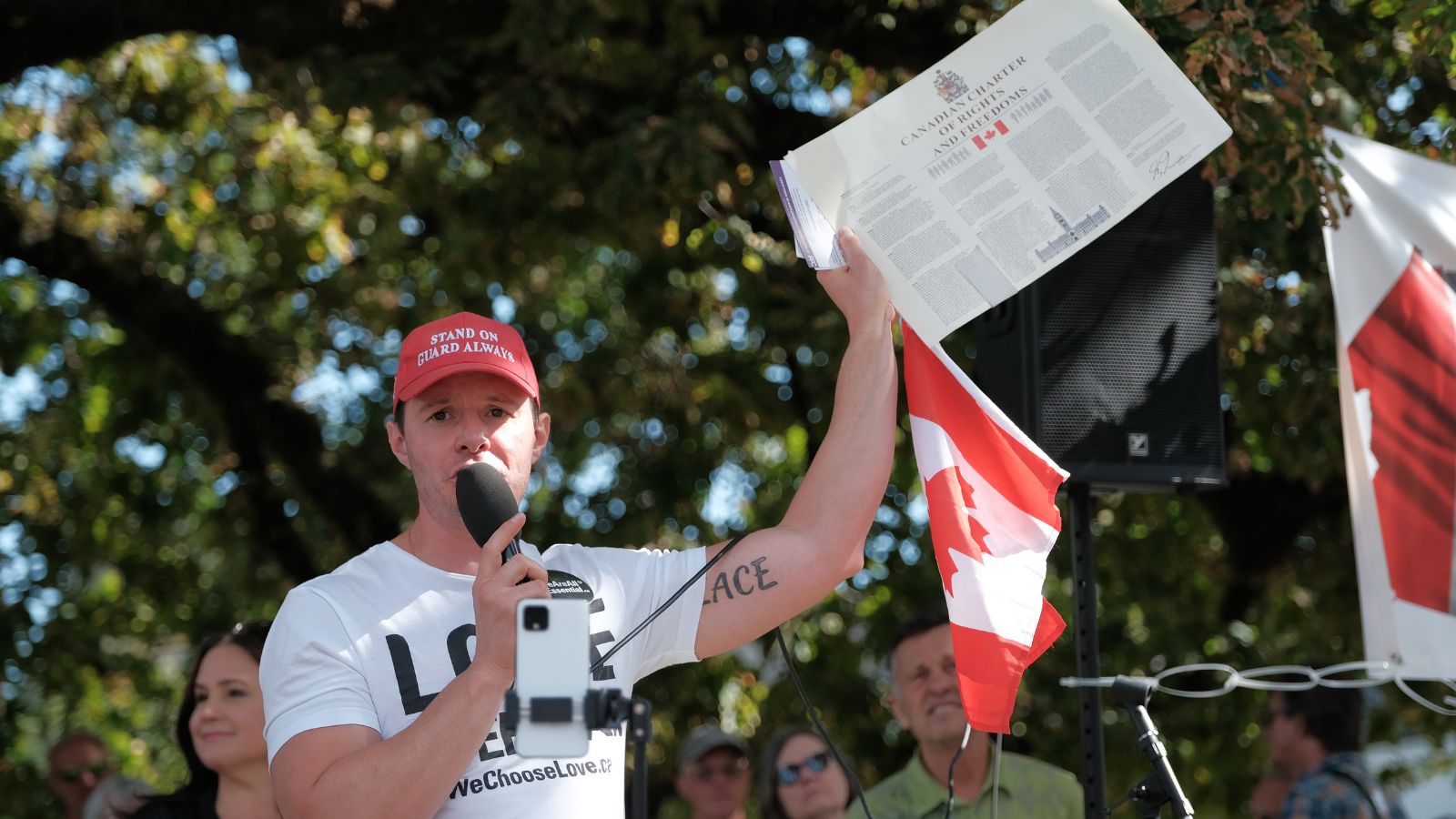
Canada’s Charter of Rights and Freedoms became an academic darling within U.S. legal circles. American scholars frequently cite Canadian case law for privacy, equality, and mobility rights. Activists borrow Charter-style arguments and proportionality testing to strengthen constitutional challenges. Even when the U.S. doesn’t openly credit Canada, the structure of modern rights-based discourse often traces back to Charter logic. Canada’s legal influence spreads further than most people realize, subtly shaping American advocacy.
Public Broadcasting Atmosphere

CBC’s public-broadcasting structure—regional storytelling, calm pacing, thoughtful journalism—shaped how PBS and NPR eventually evolved. American public media adopted narrative structures that feel distinctly Canadian: documentary-style radio segments, local-interest deep dives, and quiet, introspective storytelling. The tone of NPR in particular—measured, gentle, curious—carries unmistakable hints of CBC’s long-standing broadcasting philosophy. The U.S. rarely acknowledges the connection, but listeners accustomed to CBC can hear the parallels instantly.
Hockey Culture Reframed as American Grit

When hockey exploded across the U.S., it carried many Canadian cultural habits with it: early-morning rink drives, fiercely protective parents, small-town community rinks, and lifelong team loyalty. Americans embraced these traditions so fully that they gradually repackaged the culture as their own version of toughness and determination. While the U.S. has undeniably shaped the modern NHL, much of American hockey culture still bears the imprint of Canadian origins, right down to weekend tournament chaos and rink-side thermoses of hot chocolate.
Walkable City Planning

Canadian cities embraced walkability well before most American metros realized how much more pleasant life becomes when people can stroll, bike, or take transit without chaos. Vancouver pioneered mixed-use densification and downtown liveability. Montreal championed metro-first commuting. Toronto held on to streetcar lines that many U.S. cities tore out, only to rethink decades later. As walkability became trendy in the U.S., American planners quietly referenced Canadian city models: narrower blocks, pedestrian zones, integrated green space, cycling grids, and transit-oriented development. Though the U.S. often credits Europe, Canadian influence is deeply embedded in its urban revival.
Mountie-Style Fashion Trends

Every few years, American designers rediscover the striking silhouette of the Royal Canadian Mounted Police uniform. The crisp lines, vivid reds, tall boots, and midnight-blue accents pop up in U.S. fashion campaigns, runway collections, and editorial shoots. They’re presented as “frontier chic” or “heritage uniform style,” conveniently skipping the part where the imagery clearly echoes an iconic Canadian symbol. From Hollywood costumes to seasonal streetwear collections, Mountie aesthetics get rebranded as American vintage. Canadians spot the resemblance instantly, even when the U.S. calls it rustic Americana.
Craft Beer Trends That Started North
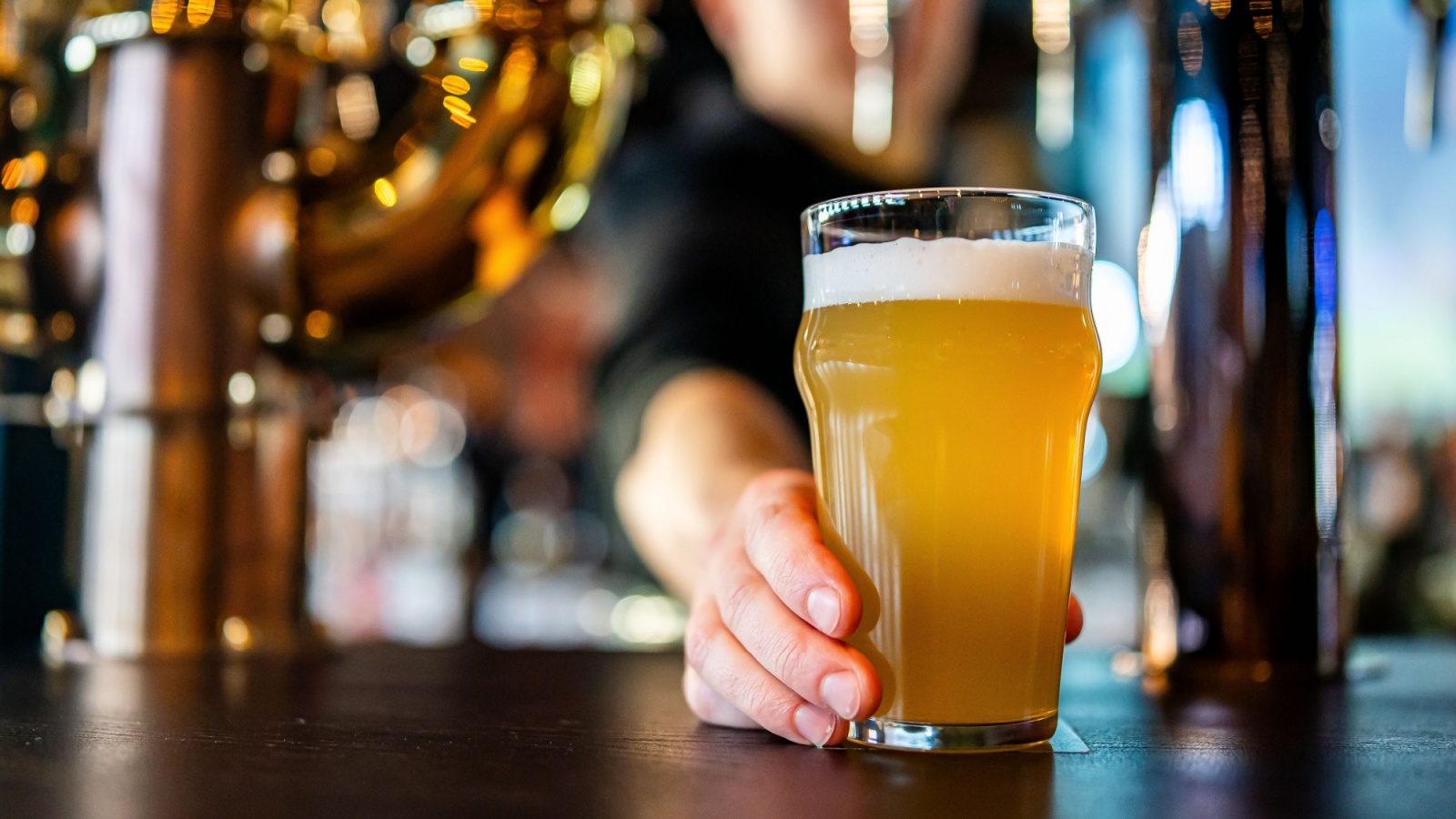
Canada’s microbrew scene matured early, especially in British Columbia and Ontario, where small breweries experimented with bold hops, cloudy ales, and seasonal blends long before America’s craft explosion. As the U.S. beer renaissance began, Canadian techniques made their way south: community taprooms, experimental flavours, hyper-local branding, and farm-based brewing. Americans later scaled the movement into a massive industry, but so much of the early philosophy reflects Canadian brewing culture. When U.S. craft brewers talk about small-batch authenticity, they’re echoing the ethos Canadian brewers established years earlier.
Friendly Border-Tone Reform
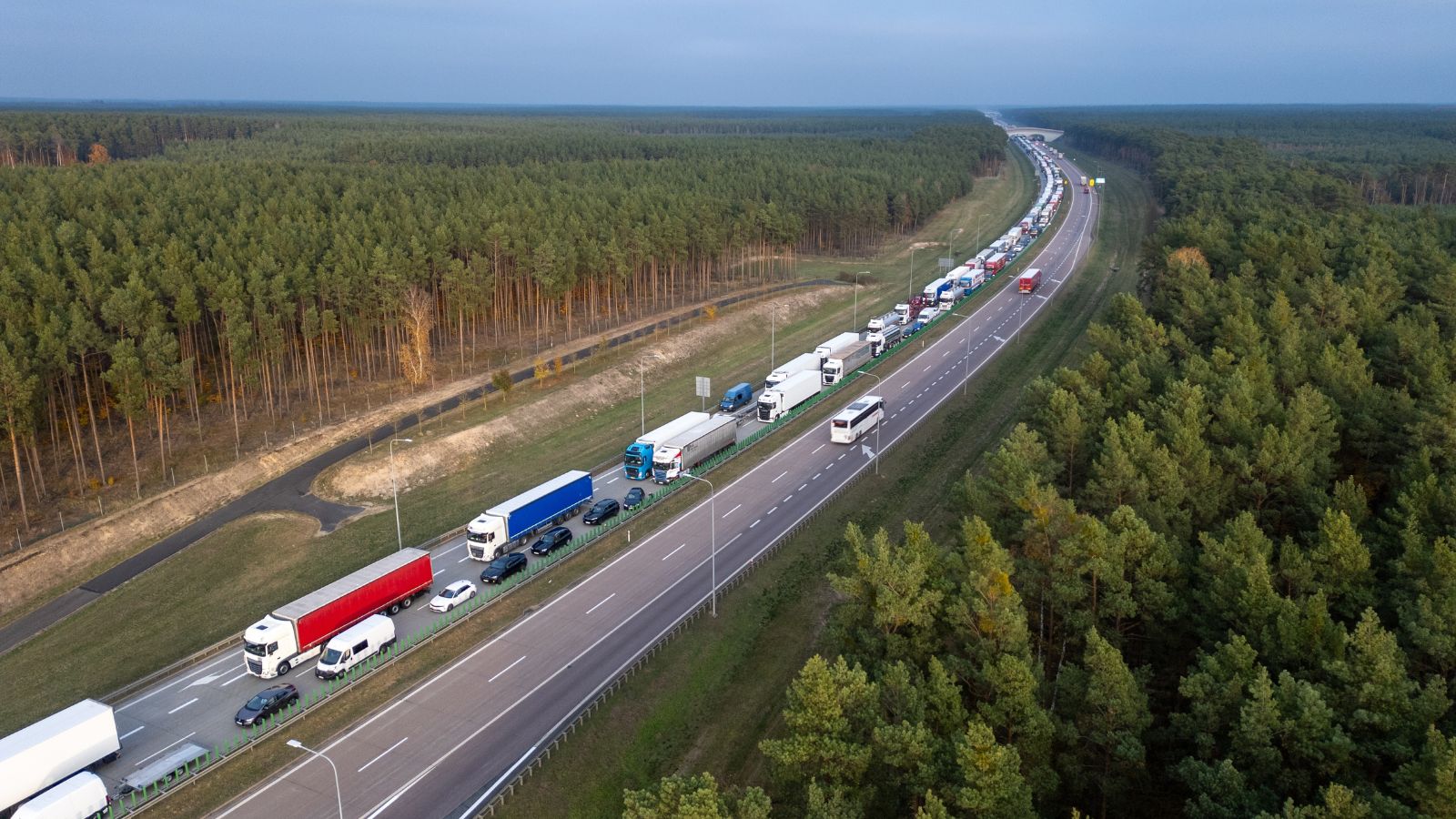
U.S. border officers historically projected firmness and authority. Yet over time, travellers began noticing something unfamiliar: friendliness. Polite greetings, measured tones, scripted empathy, and conversational small talk emerged in certain American ports of entry. This shift mirrors the long-standing Canadian border approach: calm, courteous, and efficient without sacrificing security. Although the U.S. never labels this shift as Canadian-inspired, the similarities are unmistakable. The gentle human touch, once considered impractical in the U.S., is now embedded in training documents.
The Farm-to-Table Philosophy

Canada was championing regionally rooted cuisine long before the U.S. declared farm-to-table dining a revolution. Provinces like Quebec and British Columbia celebrated seasonal produce, sustainable seafood, heritage farming, and hyper-local sourcing decades ago. When American chefs turned farm-to-table into a culinary movement, much of their philosophy mirrored Canadian principles: transparent sourcing, community farming networks, chef–farmer partnerships, and seasonal menu cycles. The U.S. contributed scale and celebrity chefs, but the foundational thinking feels familiar to Canadians who grew up around farmers’ markets before they were fashionable.
National Park Conservation Techniques

The U.S. National Park Service is a global icon, yet several of its modern strategies were influenced by Canadian approaches. Canada pioneered large wildlife corridors, ecological buffer zones, and co-management with Indigenous communities. These frameworks later appeared in U.S. conservation planning for Yellowstone, Yosemite, and Alaska’s protected areas. American environmental assessments frequently cite the successes of Parks Canada when designing long-term corridors, habitat protections, and visitor-capacity models. The U.S. doesn’t always broadcast its influence, but its conservation system quietly traces the outline Canada drew.
Borrowed Canadian Political Vocabulary

Whenever American politics becomes especially chaotic, U.S. pundits begin borrowing Canadian political terminology to make sense of it. During complicated election cycles, you’ll hear American commentators use words like “vote splitting,” “coalition-style strategy,” “minority government dynamics,” and even “leadership race”—all drawn from Canada’s parliamentary world. They sneak into U.S. coverage because they help clarify scenarios the American system doesn’t have language for. The U.S. rarely admits these linguistic imports come from Canada, but Canadians grin each time our political jargon migrates south.
Winter-Prep Strategies Basically Copied from Us
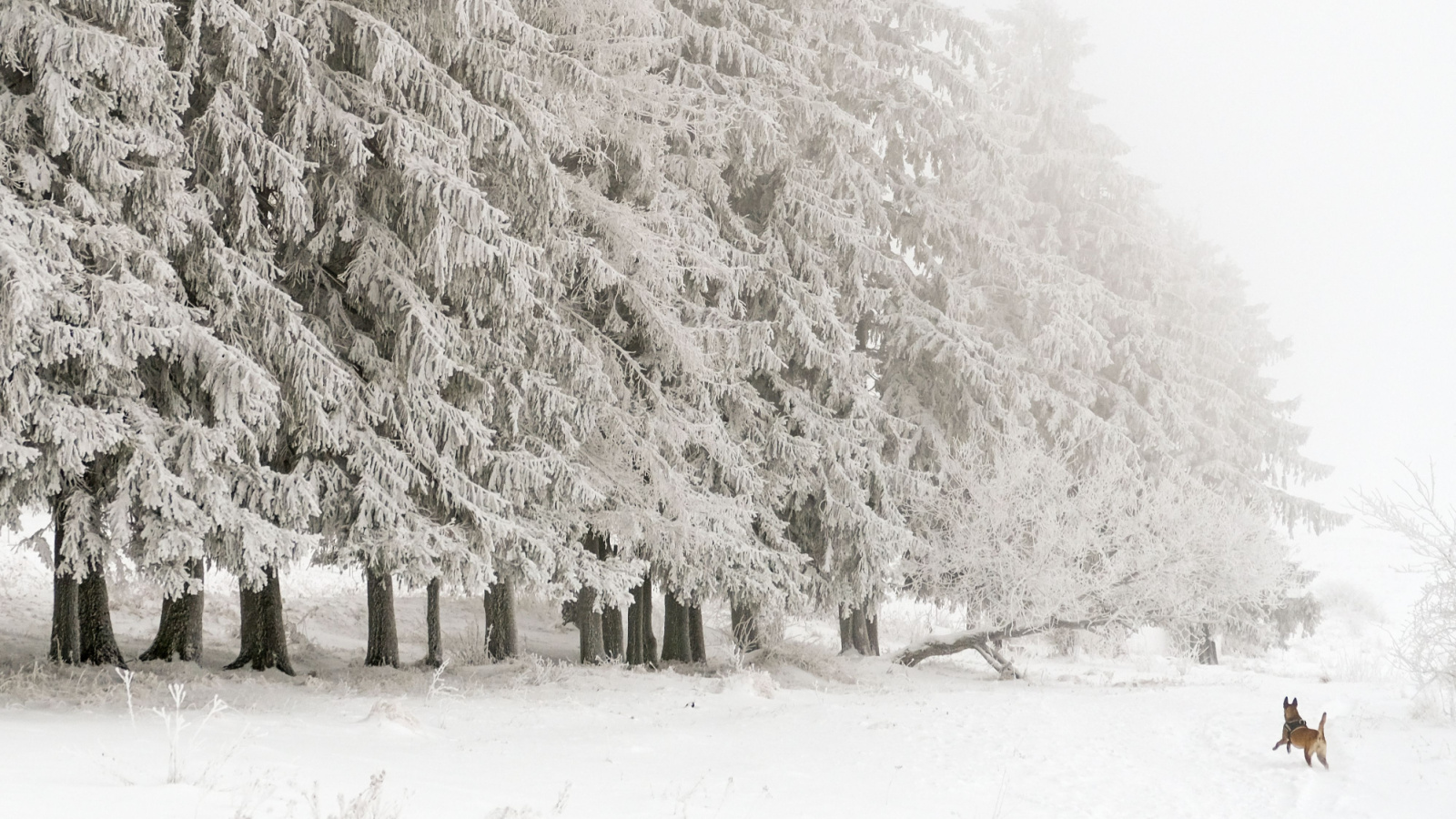
Whenever extreme cold hits the U.S.—Texas freeze, Midwest polar vortex, or an unexpected blizzard—American cities suddenly adopt Canadian-style winter survival strategies. Municipalities begin pre-salting bridges, adjusting snowplough hierarchies, issuing home-insulation guidelines, and encouraging citizens to pack emergency kits identical to what Canadians have kept for decades. American media outlets even recycle advice Canadians grew up hearing: open cupboard doors to protect pipes, keep a candle in the car, and layer using moisture-wicking fabrics. The U.S. does not claim these strategies came from us, but the resemblance is so strong it might as well come with a maple leaf watermark.
21 Products Canadians Should Stockpile Before Tariffs Hit

If trade tensions escalate between Canada and the U.S., everyday essentials can suddenly disappear or skyrocket in price. Products like pantry basics and tech must-haves that depend on are deeply tied to cross-border supply chains and are likely to face various kinds of disruptions
21 Products Canadians Should Stockpile Before Tariffs Hit
